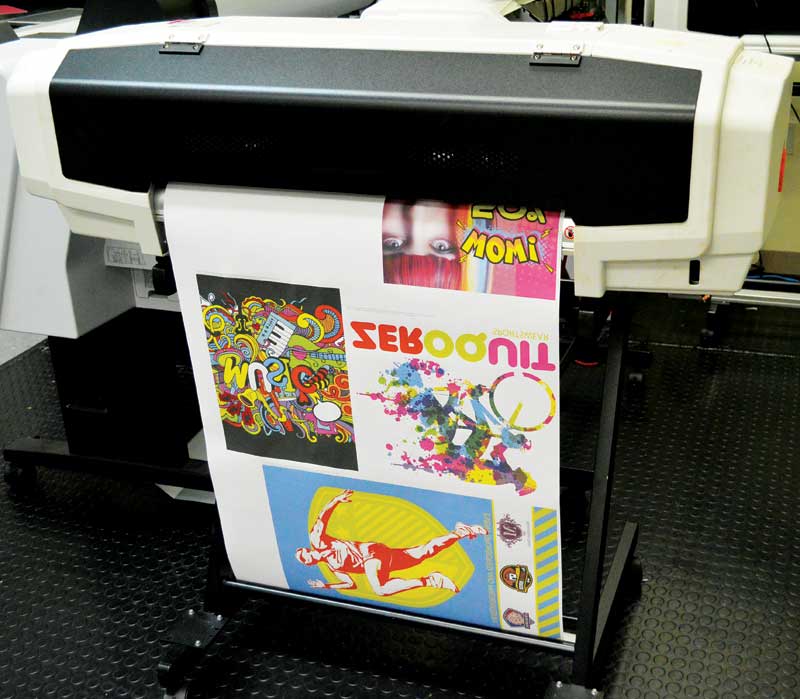Wide-format Printing: Boosting profits for dye sublimation
by all | 17 May 2018 10:08 am
 [1]By Jimmy Lamb
[1]By Jimmy Lamb
Every sign shop using dye sublimation wants to maximize profits through product decoration, but there are common misconceptions that hinder their efforts. The secret to success is to optimize production efficiency and set prices in line with market demand.
One of the simplest things a product decorator can do is take a realistic, complete view of the cost of running his/her business and then set profitable prices. Making production faster and more efficient can save considerably more money than, say, reducing the cost of ink.
The following are some tips for boosting profit margins:
1. Include all overhead.
By focusing on ink, paper and substrates when determining their production expenses, many product decorators leave out overhead, including rent, power, insurance, telecommunications and website maintenance, not to mention advertising and marketing.
A more accurate calculation should include all anticipated costs for the year ahead, including the desired paycheque for the decorator. These should be allocated proportionately to the prices of the dye sublimation products.
2. Do not focus on ink costs.
Reducing the cost of ink has a negligible impact on profit margins, given how small an amount of ink is actually needed to decorate an individual product.
With an order of poster-size graphics, for example, the cost of ink per shirt may be around 50 cents. It may be possible to cut this by 50 per cent, to around 25 cents per shirt, but only by sourcing a lower-quality ink that, in the end, can cost much more in terms of waste and rework, due to banding, stray ink spots and other unintended imaging.
3. Never discount quality.
Sublimation is certainly a business where ‘you get what you pay for.’ Ultimately, using lower-quality inks risks producing prints that do not meet customer expectations, which means the shop cannot charge as much for those products.
Moreover, low-quality inks can ruin not just prints, but also printers. Impurities, air bubbles and contaminants can damage printheads, which are very costly to replace.
4. Save through efficiency.
Sublimation is a process of create, print and press. While the latter two stages only take an average of two minutes, artwork creation and file preparation are much longer steps. With that in mind, it is important to estimate how many minutes the entire process takes before calculating the price of the finished product.
The more that is produced, the lower the cost and the higher the profit. Hence, shops should take advantage of any opportunities to print and press multiple products at the same time.
5. Forget the old formula.
At retail, a product’s cost is multiplied by two or three to determine its price and ensure profitability. With sublimation, however, this formula can leave a lot of money on the table, since the cost of production is much, much less than the price the market will bear.
A product with a premade design may cost $5 to make, for example, yet can easily sell for $20 on the market. And when a design is customized, the price can be increased by another $5 or $10.
Jimmy Lamb is manager of education for Sawgrass, which integrates printing hardware, software and inks for dye sublimation. For more information, visit www.sawgrassink.com[2].
- [Image]: https://www.signmedia.ca/wp-content/uploads/2018/05/boosting_Fluorescent-Transfers.jpg
- www.sawgrassink.com: http://www.sawgrassink.com
Source URL: https://www.signmedia.ca/wide-format-printing-boosting-profits-for-dye-sublimation/